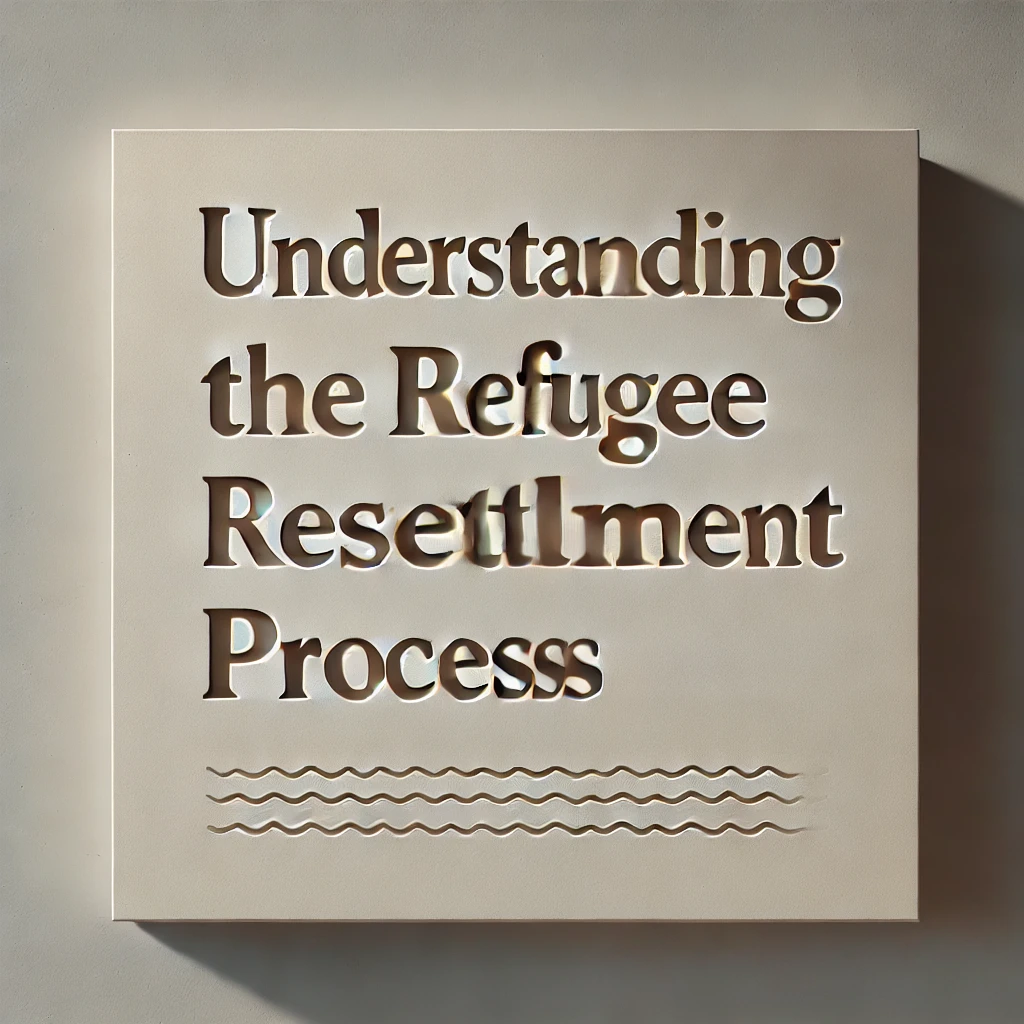Refugee resettlement helps move refugees from the country where they first seek safety to another country that agrees to take them. The new country offers them a chance to live permanently and start a new life.
Steps in the Refugee Resettlement Process:
- Getting a Referral:
- Refugees must be referred to the resettlement program, often by organizations like the United Nations Refugee Agency (UNHCR).
- Once referred, they fill out forms and are interviewed by immigration officers to see if they qualify.
- Approval and Screening:
- Refugees are chosen based on their needs, like being at risk or unable to return home safely.
- Background checks and security screenings are done to ensure safety for everyone.
- Preparation Before Travel:
- Refugees go through health checks and learn about the culture of the new country.
- Travel is arranged, often with help from groups like the International Organization for Migration (IOM).
- Settling in the New Country:
- When refugees arrive, resettlement agencies help them find housing, jobs, and other support.
- Government programs, like the Office of Refugee Resettlement (ORR), provide funding and services to help refugees adjust to their new lives.
Why Resettlement is Important:
- Refugee resettlement is one of the main ways to help refugees, along with returning home or staying in the first country they reached.
- In 2022, Canada resettled the most refugees, helping over 47,600 people.
- Resettlement gives refugees a chance to live in safety and rebuild their lives.
This process is an important way to support people who have been forced to leave their homes due to war, violence, or persecution. It helps them find a place where they can live safely and thrive.

